Clascoterone Cream | Therapeutic Cheat Sheet
162101621016210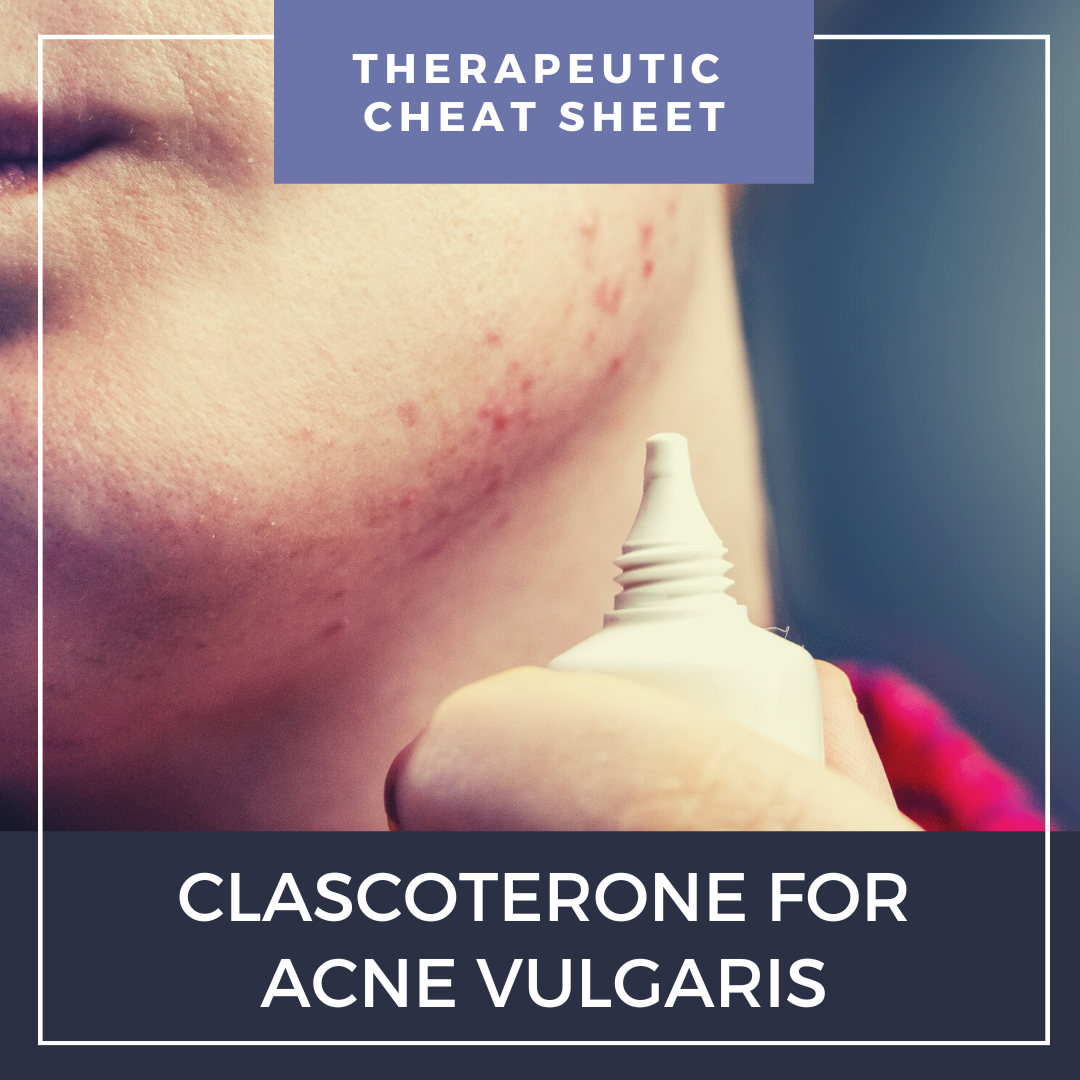 Clascoterone cream is a novel topical therapeutic agent used to treat acne vulgaris through androgen inhibition. Other androgen inhibitors such as combined oral contraceptive pills and off-label spironolactone can lead to some unwanted side effects such as feminization, gynecomastia, and erectile dysfunction, making them unsuitable for male patients. Unlike other androgen inhibitors used to manage …
Clascoterone cream is a novel topical therapeutic agent used to treat acne vulgaris through androgen inhibition. Other androgen inhibitors such as combined oral contraceptive pills and off-label spironolactone can lead to some unwanted side effects such as feminization, gynecomastia, and erectile dysfunction, making them unsuitable for male patients. Unlike other androgen inhibitors used to manage …
 Clascoterone cream is a novel topical therapeutic agent used to treat acne vulgaris through androgen inhibition. Other androgen inhibitors such as combined oral contraceptive pills and off-label spironolactone can lead to some unwanted side effects such as feminization, gynecomastia, and erectile dysfunction, making them unsuitable for male patients. Unlike other androgen inhibitors used to manage …
Clascoterone cream is a novel topical therapeutic agent used to treat acne vulgaris through androgen inhibition. Other androgen inhibitors such as combined oral contraceptive pills and off-label spironolactone can lead to some unwanted side effects such as feminization, gynecomastia, and erectile dysfunction, making them unsuitable for male patients. Unlike other androgen inhibitors used to manage … Continue reading "Clascoterone Cream | Therapeutic Cheat Sheet"


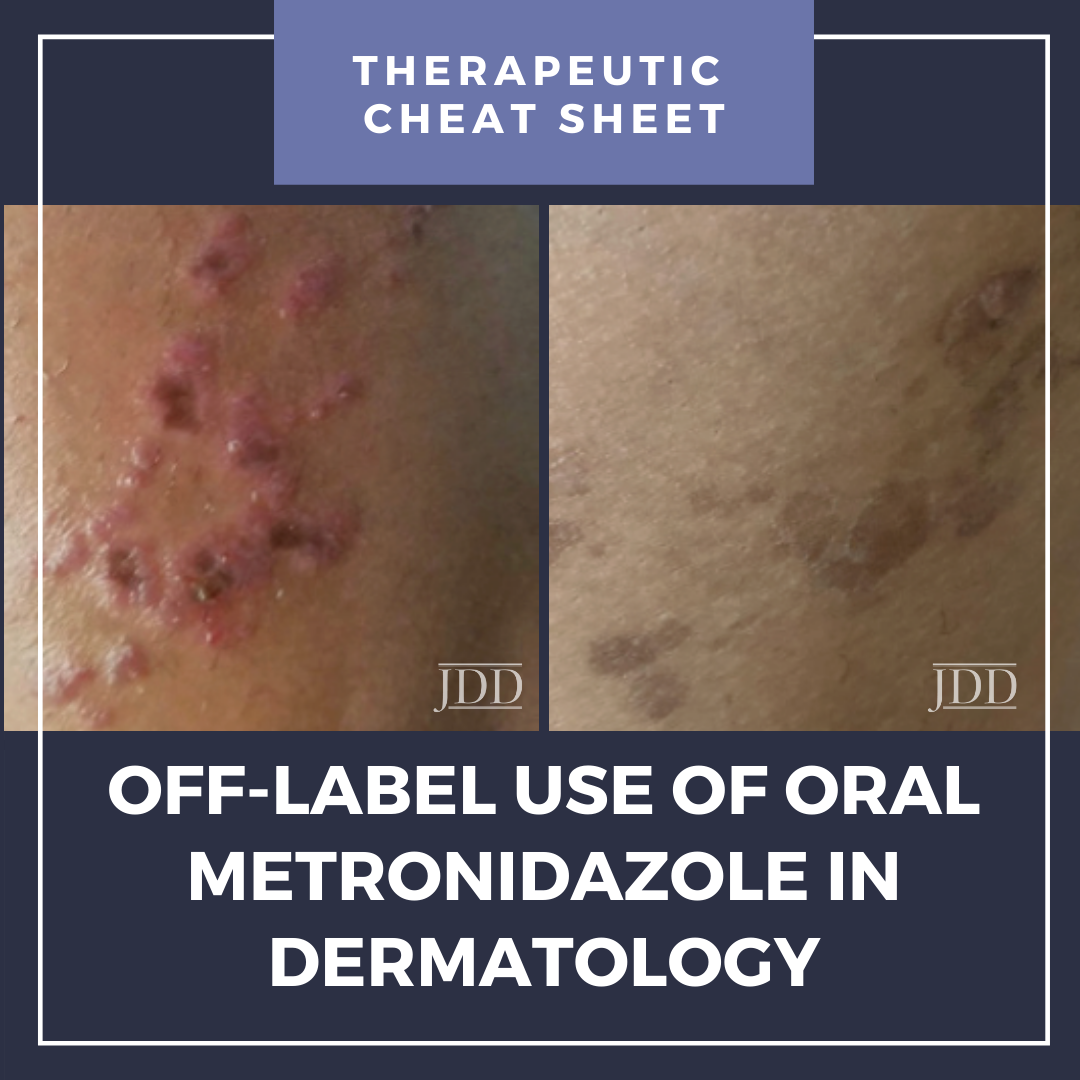 While we have an increasing armamentarium of biologic agents and targeted systemic medications for certain dermatologic conditions such as psoriasis or atopic dermatitis, treatment options are still limited for a litany of other inflammatory cutaneous disorders. Additionally, when discussing therapeutic options, patients often opt for medications that are established, safe, well-tolerated and mini …
While we have an increasing armamentarium of biologic agents and targeted systemic medications for certain dermatologic conditions such as psoriasis or atopic dermatitis, treatment options are still limited for a litany of other inflammatory cutaneous disorders. Additionally, when discussing therapeutic options, patients often opt for medications that are established, safe, well-tolerated and mini … 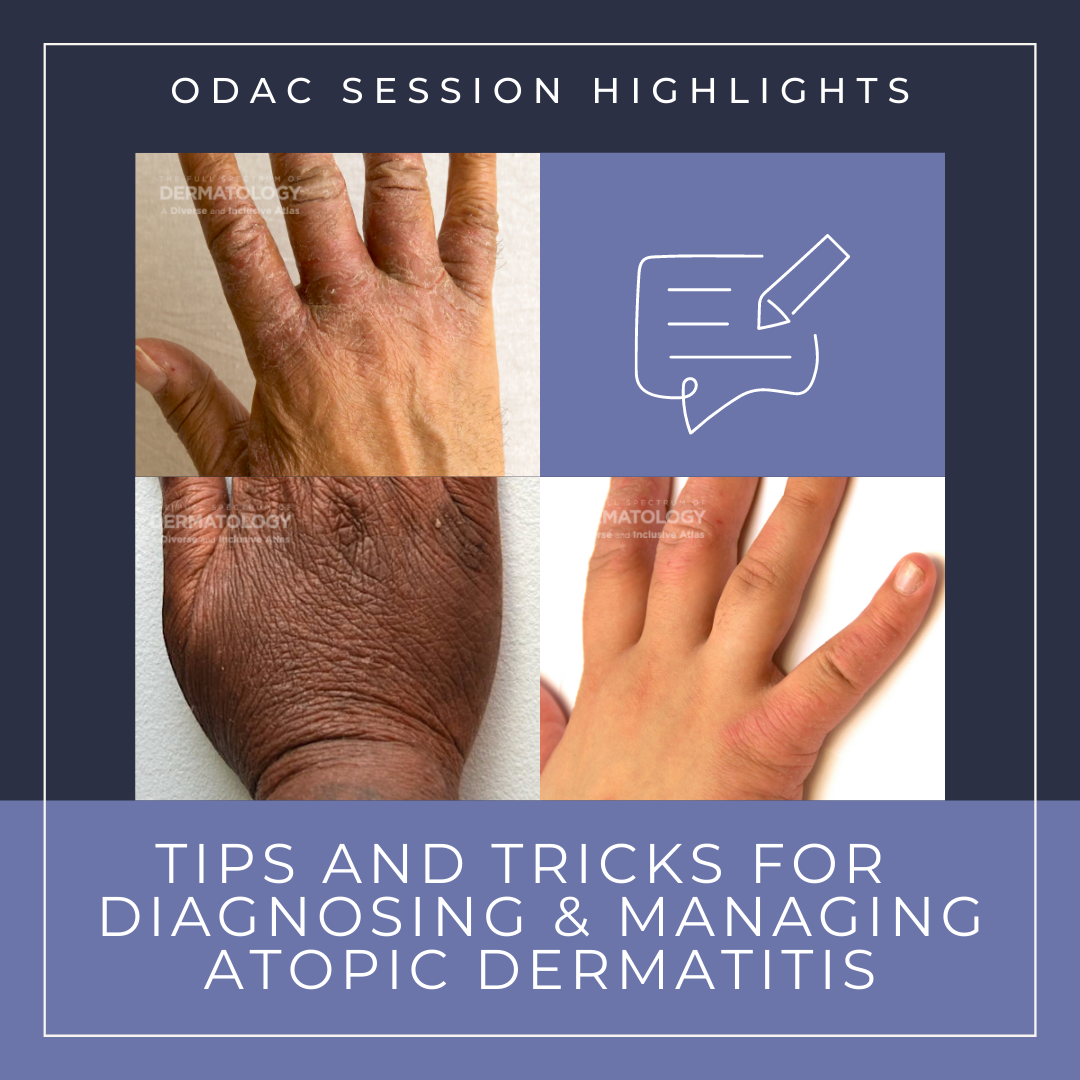 Atopic dermatitis is a heterogeneous, chronic inflammatory disease that affects upwards of 10% of children and 7% of adults in the United States. Despite being an incredibly common skin concern among patients, AD continues to pose diagnostic and treatment challenges to dermatologists.
What are some common misconceptions about AD?
AD always starts in childhood. FALSE. 25% of adults w …
Atopic dermatitis is a heterogeneous, chronic inflammatory disease that affects upwards of 10% of children and 7% of adults in the United States. Despite being an incredibly common skin concern among patients, AD continues to pose diagnostic and treatment challenges to dermatologists.
What are some common misconceptions about AD?
AD always starts in childhood. FALSE. 25% of adults w … 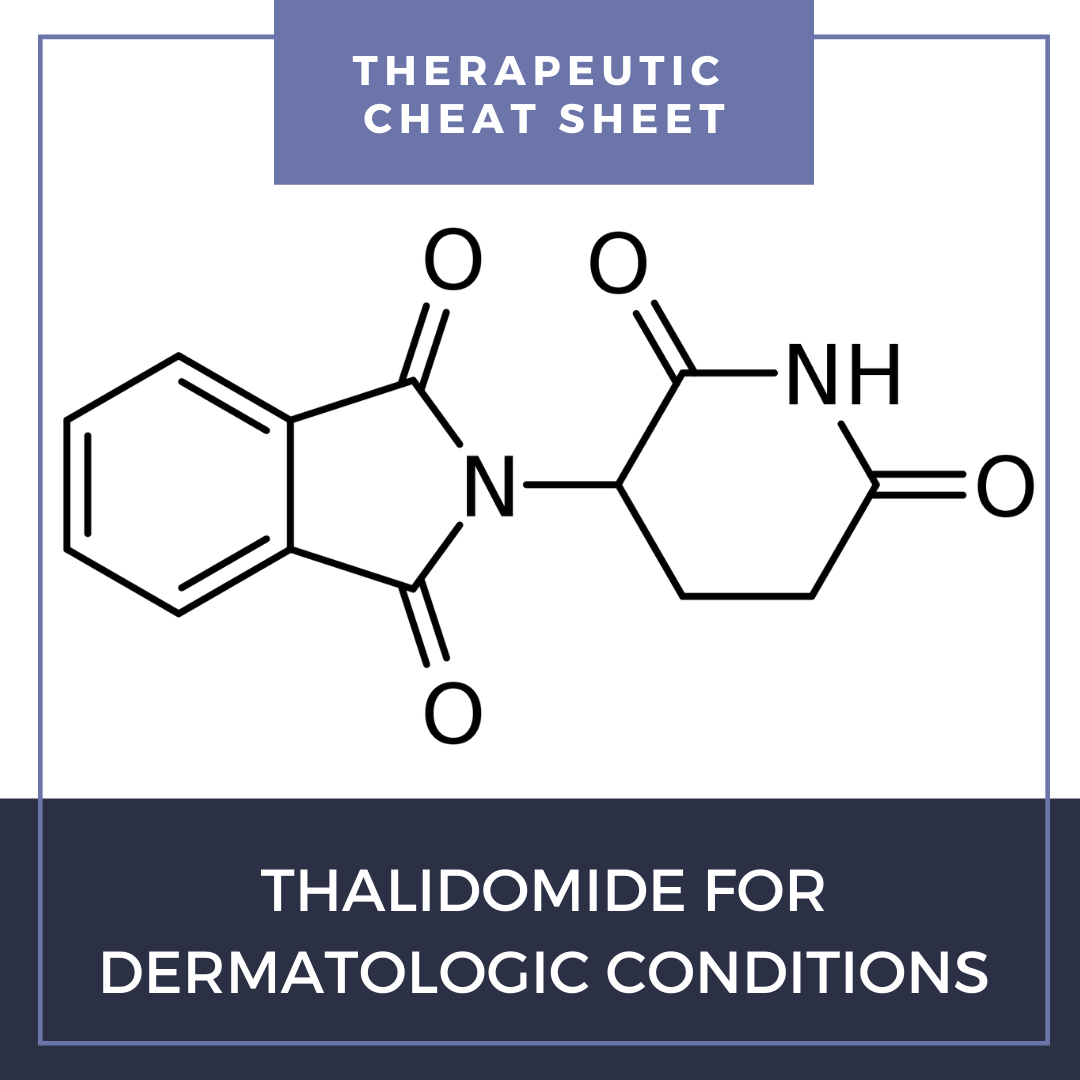 Thalidomide was introduced in the 1950s as a “safe” sleeping medication; however, it quickly became vilified and was removed from the market for its severe teratogenic effects, most commonly phecomelia, or loss of arms and legs. Despite these devastating birth defects, thalidomide has a variety of indications for dermatologic conditions, with manageable side effects when used appropriately. We …
Thalidomide was introduced in the 1950s as a “safe” sleeping medication; however, it quickly became vilified and was removed from the market for its severe teratogenic effects, most commonly phecomelia, or loss of arms and legs. Despite these devastating birth defects, thalidomide has a variety of indications for dermatologic conditions, with manageable side effects when used appropriately. We … 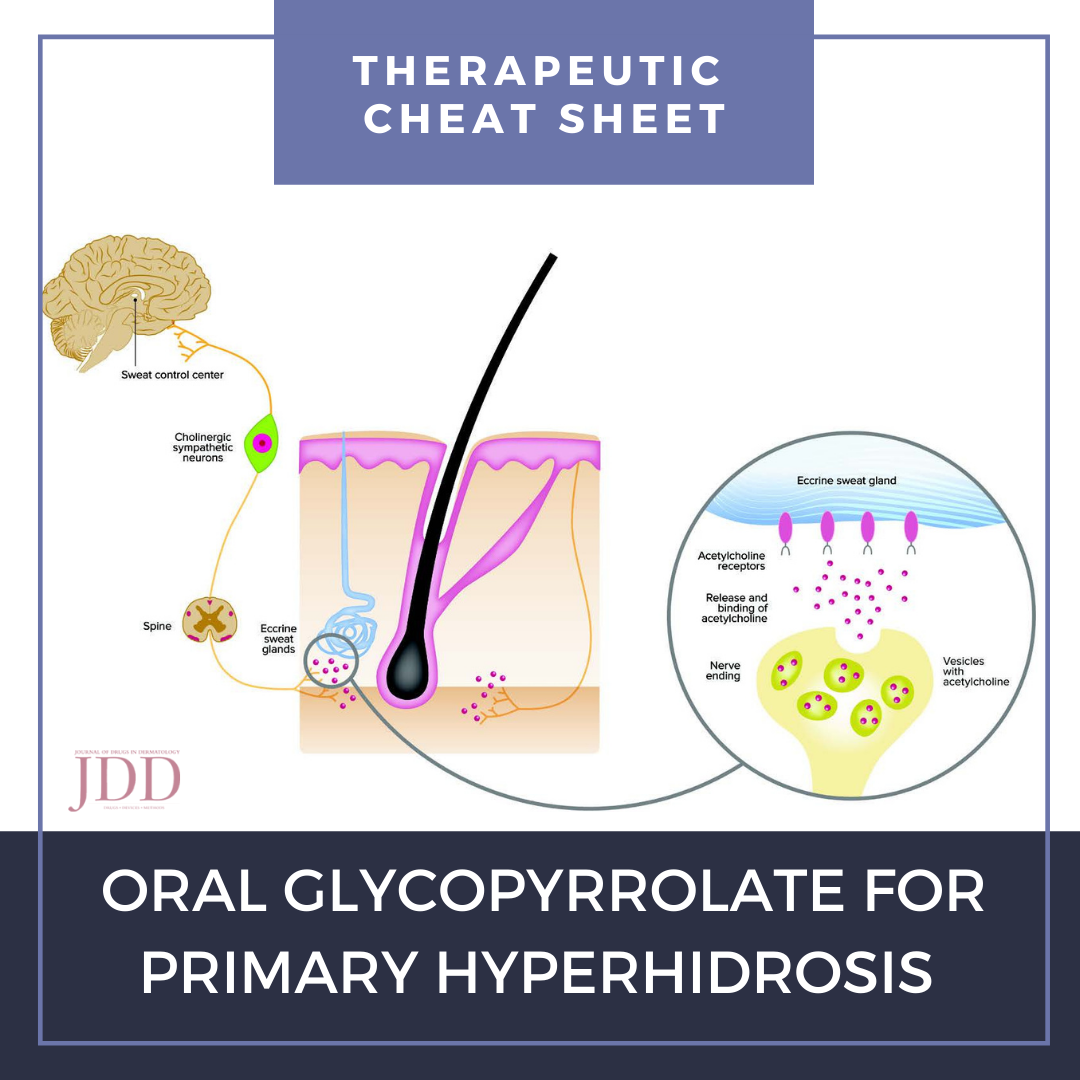 Hyperhidrosis affects up to 4.8% of people in the United States, causing significant impacts in patient quality of life.1 Often times, the etiology of symptoms cannot be identified, resulting in a subset of disease termed “primary hyperhidrosis.” Symptoms may be focal or generalized. Because there is a scarcity of FDA-approved treatments for primary hyperhidrosis, treatment often requires a mu …
Hyperhidrosis affects up to 4.8% of people in the United States, causing significant impacts in patient quality of life.1 Often times, the etiology of symptoms cannot be identified, resulting in a subset of disease termed “primary hyperhidrosis.” Symptoms may be focal or generalized. Because there is a scarcity of FDA-approved treatments for primary hyperhidrosis, treatment often requires a mu …